Ford Talladega History

General History
 It was 1969. The Stones, “Honky Tonk Woman” was one of the top ten songs along with “Get Back,” by The Beatles and “Sugar, Sugar,” by the Archies. Richard Nixon was President, a house could be bought for $40,000.00. Milk was $1.26 and gas 36 cents a gallon! A postage stamp cost $0.06 and the average income was $8,547.00. (Were those the days, or what!)
It was 1969. The Stones, “Honky Tonk Woman” was one of the top ten songs along with “Get Back,” by The Beatles and “Sugar, Sugar,” by the Archies. Richard Nixon was President, a house could be bought for $40,000.00. Milk was $1.26 and gas 36 cents a gallon! A postage stamp cost $0.06 and the average income was $8,547.00. (Were those the days, or what!)
Ford Motor Company was racing in NASCAR and wanted to win more races. Unlike today, in 1969 NASCAR meant race cars were Stock Cars! They were all built from cars straight off the show room floor or their counterparts. 1969 was the time of AERO WARS on the high speed NASCAR tracks. The factories were into manufacturing some pretty wild cars just to win on Sunday and sell on Monday. It also meant that if the manufacturer wanted to race it, they had to build it and sell it to the public. This resulted in the Ford Talladega, Dodge Daytona, Plymouth Super Bird and the Mercury Cyclone Spoiler II. NASCAR mandated that at least 500 of each car be manufactured to qualify for racing.
The big winged Dodge Daytona and Plymouth Superbird are arguably the most famous of the aero cars that raced in NASCAR but were they the first? NO!
The 1969 Ford Talladega and Mercury Cyclone Spoiler II were the Blue Oval’s designation for cars with the extended sheet metal on the nose. In this section we will focus on the Ford Talladeg but we will deal with the Mercury Cyclone Spoiler and Spoiler II on other pages.
To build 500 such cars was a tall order for Ford but they managed to turn out approximately 750! You may of heard rumors that the Talladegas were all built outside the plant in a tent; that is false. All production Talladegas were built on the regular assembly line.
There were 9 Prototype Talladegas built, 5 Pilot cars to test if they could be built on the regular assembly line along side the Fairlanes and Torinos, plus a regular production run of 736.
What makes a Talladega?
There are several extensive modifications that make a Talladega different from its more common Torino Cobra relatives. On the assembly line the new extended fenders were installed with all of the extra bracing that is required. To make the required number of special front fenders a lot of hand work was required. The Talladega fenders were not stamped out on a machine they were made.
The entire front end was cut off just In front of the front tires and an entirely new, sloped nose was grafted to the original fenders. These fenders were all hand built. Many believe the Ford Talladega and the Mercury Cyclone Spoiler II are identical. In fact the Talladega had only 15.5 inches added to its nose. The Spoiler II’s nose is not only longer it is also built at a steeper 35-degrees vs the Talladega’s 30-degrees. Most also believe the Talladega and Spoiler II have identical bodies, this also is not true. The only shared components between the cars are their doors, bumpers, grilles, and turn signals! The trunks are very similar but different.
Because the construction of the fenders for a Talladega and Spoiler II are so similar we are showing the Spoiler II process in the following photos.
This is a Spoiler II fender with all of the paint removed. You can see the original seams. Thanks to Wayne Perkins for this excellent photo of his Spoiler II under restoration.
This is an original Spoiler II with the seam marked with blue tape. The metal to the left is the new aero metal. Notice how close the bumper sits to the fender compared to the standard production model. This is the same on the Talladega.
This is a restored Spoiler with the correct “W” nose fender. The blue tape marks the location where the factory cut the original fender to add the new aero metal.
This is a Ford Talladega with the seam marked with blue tape. The extended nose is in front of the tape.
This is a full view of the Spoiler II’s extended fender.
Can you see the “W” in the nose of the standard factory Cyclone? Note that the hood is the end of the front end.
Now look at this Spoiler II with the extended nose; call the “D” nose or “long nose”. The panel in front of the hood was custom built and added by the factory. The blue line represents were the old sheet metal was cut off and the new aero metal added by the factory.
Note how similar this Talladega front end appears to be to the Spoiler II. In fact they are distinctly different and share no sheet metal between them.
TALLADEGA
So, what do you think of when you hear the word “Talladega”? Obviously for fans of NASCAR the track in Alabama comes to mind. But for those that remember a certain factory modified 1969 Ford Fairlane, Talladega is a rare car that brings back exciting memories of the fabulous NASCAR aero-wars of the late 60s and early 70s on the Super Speedways.
Trying to save face the Dodge Boys having been shown up by the newly introduced fastback body style of the 1968 Ford Fairlane they decided the new for 1969 Dodge Charger needed to be a little more aerodynamic. The result was the beautiful limited production 1969 Dodge Charger 500. With a flush mounted grill and reworked rear window it had less aero drag, which is a huge benefit on the super speedways. However, the Dodge Boys were so excited about their new creation they weren’t too good about making it a surprise to the rest of the racing community. Hearing what the Dodge Boys were up to, Ford went back to the drawing boards with its 1969 Torino fastback. They brought in outside help from factory backed race shop Holman and Moody. These guys were wizards and came up with some aerodynamic tricks for the already slippery Ford and Mercury fastbacks.
The wheel shown on this Talladega could have been installed at the dealer but is not correct from the factory. All Talladegas came from the factory with white wall tires!
Here is the correct wheel for all Talladegas and Spoiler IIs. However, this one is mounted on the newer and more popular for the street BF Goodrich Radial TA.
Not how close the grill is to the front of the car on this Talladega, a Spoiler II should be the same.
On the Spoiler you can easily see the gap between the grill and the bumper as well as how far back the grill sits. Also note how much shape the bumper has.
On the Talladega the grill is mounted flush with the front end and the small gap between the grill and the sheet metal is filled by a rubber gasket to seal off the air. This was to make the nose of the cars as aerodynamic as possible.
It is difficult to see due to the reflections in this Talladega bumper but look closely and you can see the modifications to the end and top of the bumper. Ford took a rear bumper, cut it into three pieces, reshaped it and filled in the openings on the ends and made a new front bumper for the Talladega and Spoiler II. These new front bumpers acted like a rudimentary spoiler for the front end.
This is a photo of the rear bumper, you can see the cut out for the fender extension that had to be filled to make it a front bumper.
One of the interesting changes that Ford made only to the Talladega is the staggered rear shocks. The Talladega is the only Ford built with an automatic transmission to get such a treatment.
You can identify the Talladega in a number of ways. In the trunk you will find an unusual sheet metal box that covers the rough cut holes in the trunk floor for the staggered shocks. This is a Talladega with the trunk floor mat pulled back.
This is what a standard Ford Torino or Mercury Cyclone floor should look like in the same location. The Spoiler II did not get the staggered shocks.
Even with the trunk mats in place it is easy to see the difference, this is the Spoiler.
This is the Talladega, you can see the outline of the sheet metal box under the mat.
The specially built 1969 Ford Talladega and 1969 Mercury Spoiler II resulted. Among the changes, the most obvious included the longer front fenders that extended the snout, and had an angled front that connected the now flush mounted grill opening back into the hood area. Special bracing was required to support the now “drooped” nose. Holman and Moody also took 1969 Fairlane/Torino rear bumpers, and by sectioning them in the middle, made them tuck in closer to the body to catch less passing air and act as an old school spoiler for the front end. This bumper was used on both the Talladega and the Spoiler II.
This is the rear bumper of a Talladega.
This is the front bumper of a Talladega, note the “V” shape not present in the rear bumper from which it is constructed.
One critical change that many observers never notice is the modification to the rocker panels. They were re-rolled to provide a shallower rocker panel. To determine how low a car could be for the race track inspection process NASCAR measured the rocker panels from the bottom edge. Due to the re-rolled rocker panels these cars could now sit 1″ closer to the track. The cars now had a lower center of gravity that aided in better cornering.
Here is a very basic drawing of the cross section of a rocker panel. The dashed line is where the stock Torino panel would be and the solid line is the “re-rolled” Talladega rocker panel. You can also see why the excess metal at the bottom is now 1 and 3/4 inches long instead of only 3/4 inches as on the stock Torino.
One of the biggest yet least noticeable changes to the Talladega and Spoiler II are the re-rolled rocker panels. The photo above shows the metal lip at the bottom edge of the rocker panel. On a stock Cyclone or Torino this will be approximately 3/4 of an inch. NASCAR had restrictions on how low these cars could be built for the race track. The officials measured the distance from the bottom of the rocker panel to the pavement to determine ride height. Ford re-rolled the rocker panels for the production Talladega and Spoiler II in order to legally lower the car on the track.
Look closely and you can see the lip on this Talladega is 1 and 3/4 inches; 1 inch more than the stock Torino or Cyclone. It is painted black in these photos. To get the car lower for the track this lip would simply be trimmed off and the race car could be 1 inch lower!
There is nothing on the outside of a Talladega that says Talladega. This large “T” is located on the fake gas cap in the center of the rear panel.
There is a similar “T” and Ford Blue Oval above the door handle on both doors. It should be noted that some of the last Talladegas built may have a decal similar to this emblem. It is uncertain when the factory ran out of emblems and switched to the decals.
Because of the extended noses the Talladega and Spoiler II had to have inside hood releases. Ford went to the parts bin and pulled out this Lincoln part to do the job.
The only place that says Talladega is this badge on the door panels. Interestingly, the Spoiler II has no badges, decals or other identification which labels it a Spoiler II. The decals all say Spoiler. It is believed it picked up this name because it came out after the Spoiler and thus became Spoiler II.
In order to comply with NASCAR rules, a minimum of 500 of these specially modified Talladegas had to be produced and available to the general public. In January and February of 1969 Ford used its Atlanta plant to produce between 740 and 750 Talladegas. Production cars were available in three colors; Royal Maroon, Wimbledon White and Presidential Blue. There were Pilot and Prototype cars of different colors. Maroon and blue cars received white pinstripes that ran along the tops of the fenders, doors and quarter panels, while the white cars received a black stripe. The interiors were all black vinyl, with cloth bench seats, no tach or clock, and just an AM radio. Talladegas were given special “T” plates on the doors just above the handles, a “T” in a circle on the rear, and “Talladega” nameplates inside on the door panels. All Talladegas were identical except for the paint.
This is Royal Maroon Talladega.
This is a Presidential Blue Talladega. The other photos on this page are examples of the Wimbledon White cars.
All Talladegas were built with the same 428 CJ engine and C6 transmission. No production Talladegas were ever built with other motors or transmissions; no 351s and no 4-speeds. There were no Ram-Air production cars although there were some Prototypes.
This Ford diagram show the oil cooler and power steering cooler.
The Talladega is the only one of these cars to receive the oil cooler pictured here or the power steering cooler. However, Drag Pack optioned Mercury Spoiler cars will have the oil cooler and power steering cooler.
The only material correct for a Talladega is shown above. It is a cloth material and is available as a reproduction.
All Talladegas received the 428 cubic inch Cobra Jet engine with a 10.5:1 compression ratio rated at 335hp, backed by a C6 automatic transmission. Staggered rear shocks were also used, along with a non-posi 3.25:1 rear end. Talladegas are the only automatic equipped Ford product to receive the Drag Pac staggered shocks.
Ford won the Manufactures Cup in 1969, and David Pearson won the season championship and Richard Petty finished second both driving a Talladega in 1969. Talladegas finished first, second, and fourth in the Championship points that year! Also, Richard Petty won his 100th race behind the wheel of his blue T.


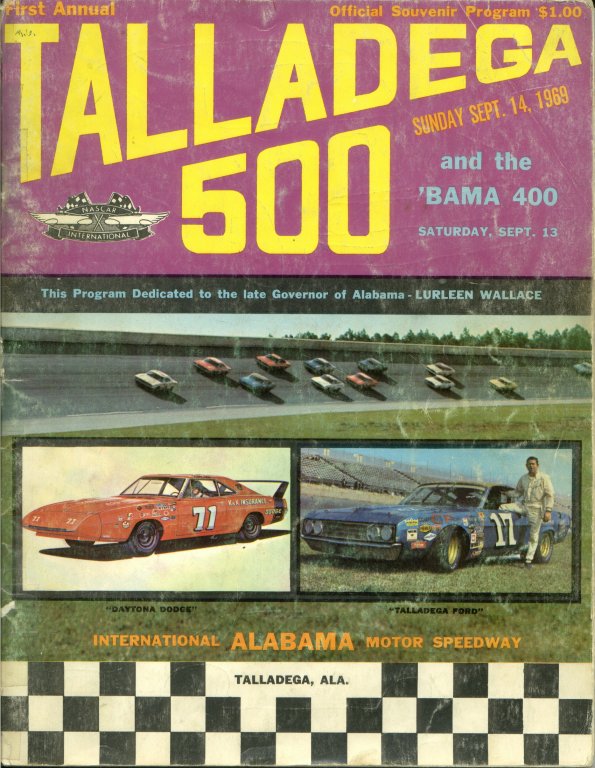


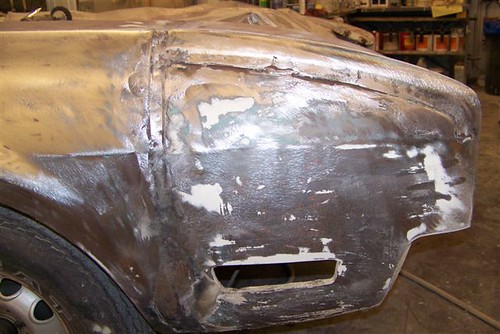
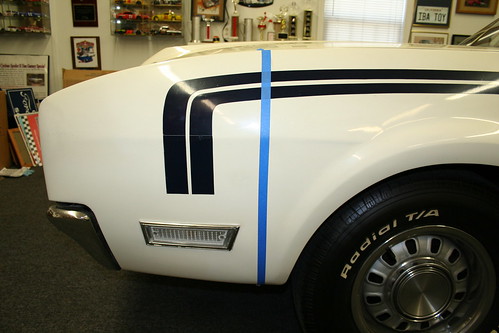
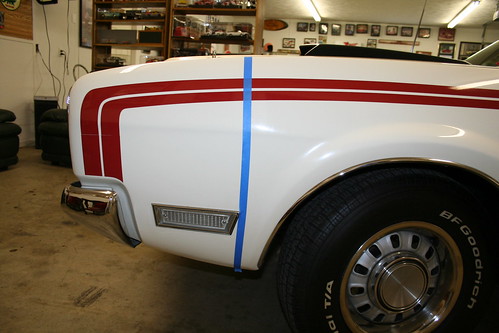
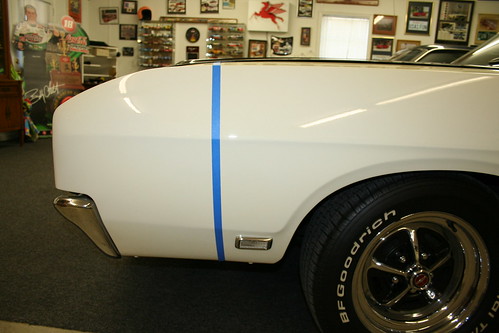
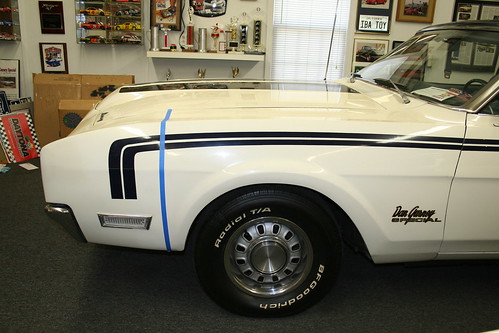

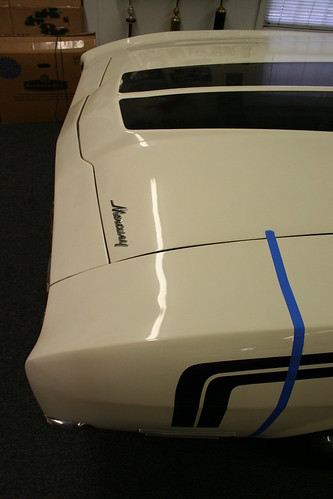
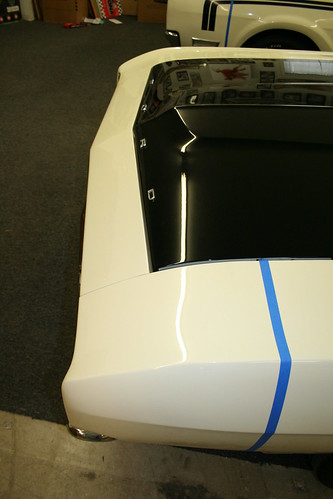
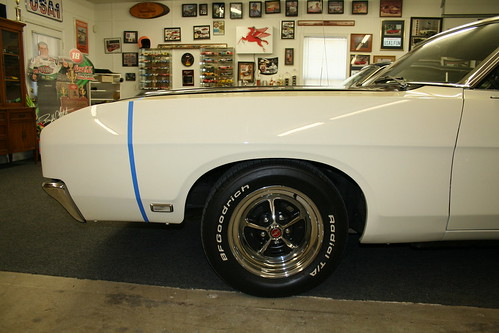

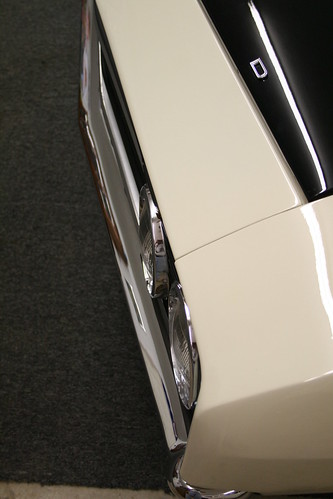

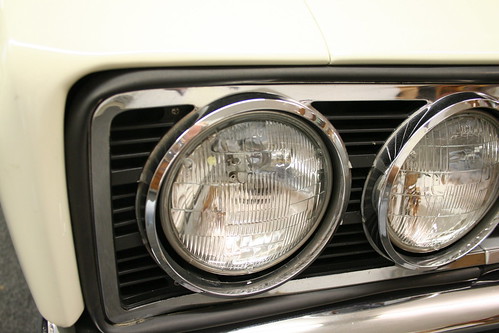

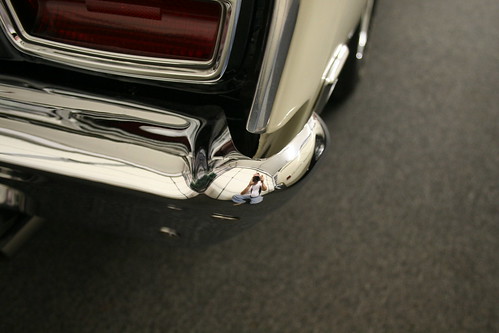
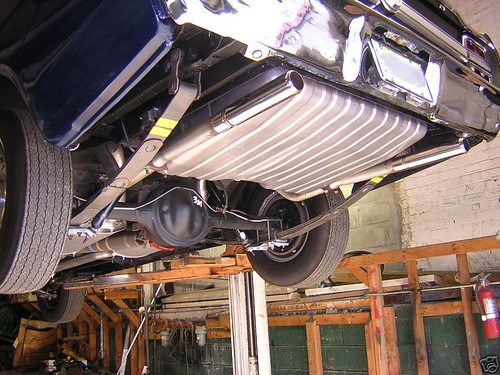
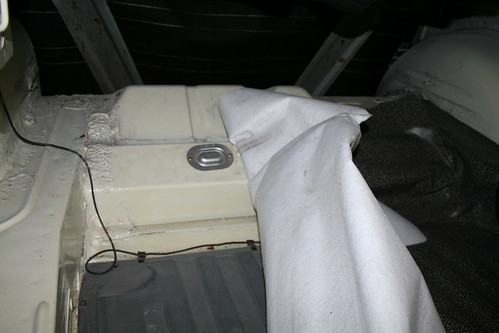




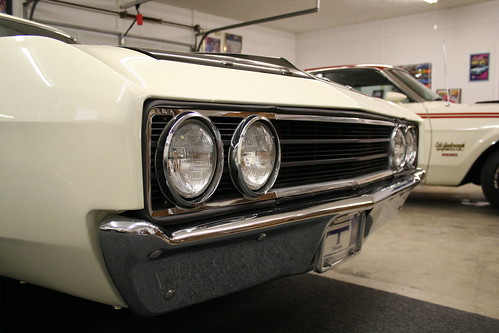
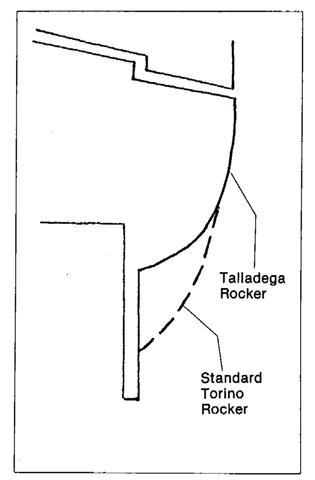
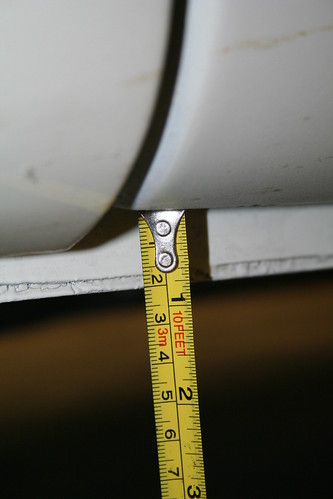
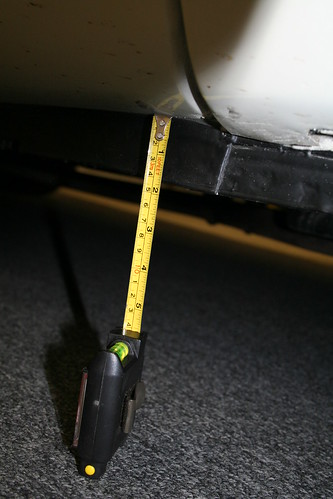
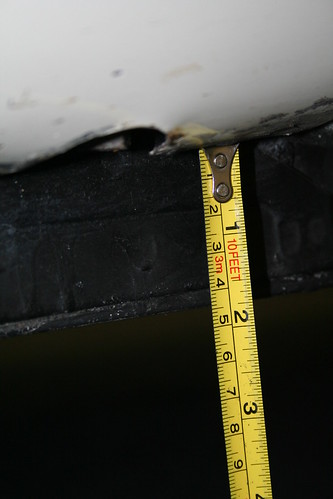
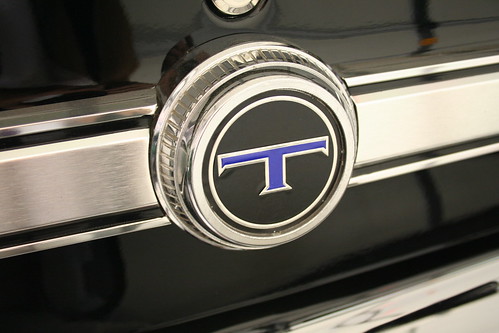
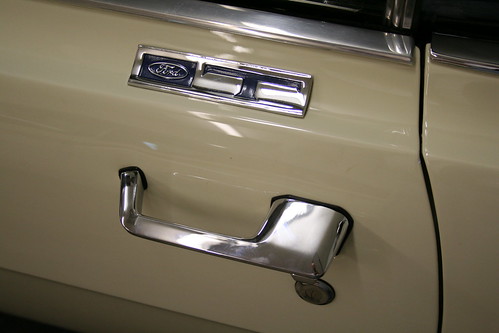
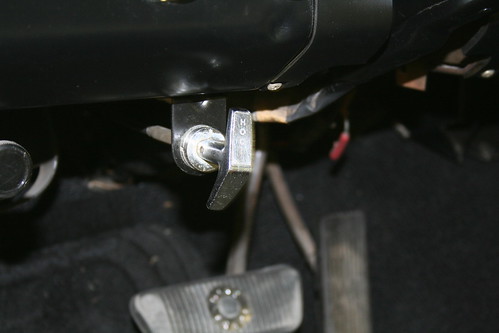

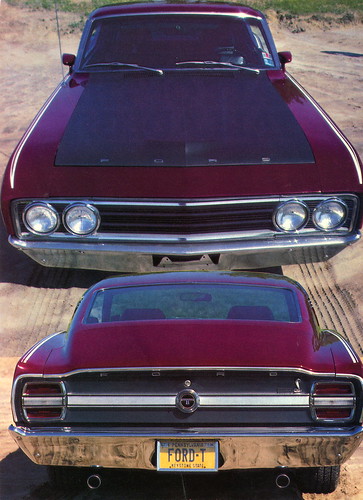

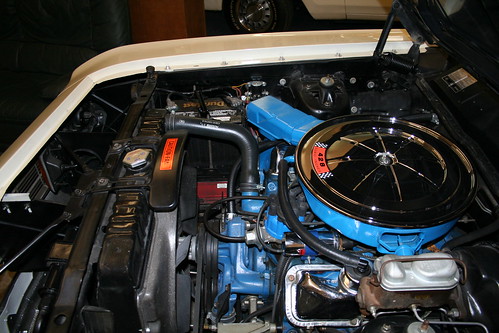
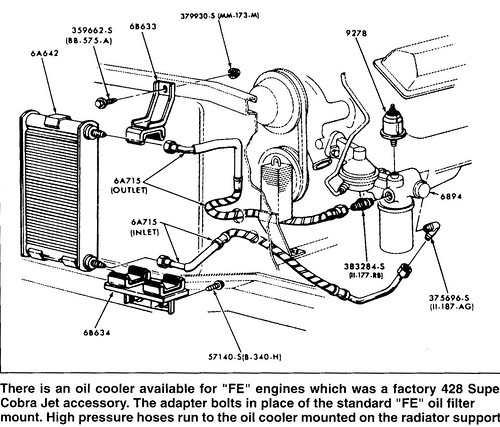

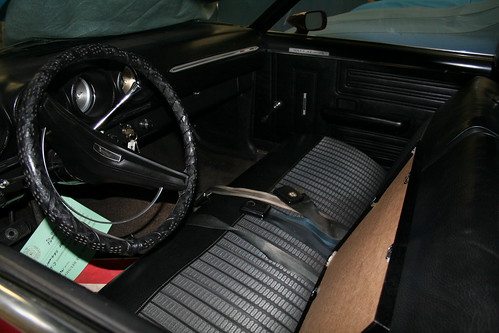
Well written!
One other little detail, regarding the paint schemes: All Talladegas had their hoods and rear panels painted in competition black (aka: flat black) as a non-reflective surface. (Several of Ford’s Mustangs were also given a similar paint treatment in 1969.)
I would hate to say how many people have commented on my Talladega, and asked when I would be getting it finished/painted, or asked what happened to my hood that I had brought it to the car show in “primer.” They can’t believe that its competition black finish is actually the correct paint, in which it would have left the factory.
Also, one other detail I noticed while looking at the interior of the Maroon car – all Talladegas were shipped with the padded vinyl wrap on the steering wheel. This was not an owner added item. They actually came that way!
Great article and I`m a MUSTANG man (69)
Fantastic article. I know of 2 Talladegas Down Under. 1 owner is claiming his is a factory 429 Boss 4 speed. All the research I’ve done suggests it’s not factory but I’m not an expert. Could he have a special. Could you convert a NASCAR Talledaga for the road (then claim it was factory installed). Could he have a dealer installed 429 Boss 4 speed. Another question about the team cars. Were they Ford supplied Talladegas or did the teams make their own aero parts to put factory supplied incomplete Torinos. Did the race cars have a VIN # (as they did here) to prove they were indeed production cars modified for racing. Thanks again for a great article. RJ
How much are a pair of 1969 talladega fenders worth?
fast foward to August 2020 and the i of 2 in Australia being Raven Marone
is up for sale for AUD 95.000. AND IS SAID TO HAVE 76000,00 MILES ON THE
CLOCK.
I had a 1969 Talladega with 5K Original Miles , all I have left is the Nodular War casing chunk 31 spline , 350 gears , Whats it worth ? Still looks New 817 874 4391 Thank you !!! 76031 Texas
A well researched factual article. It is important to preserve this period of automotive history.